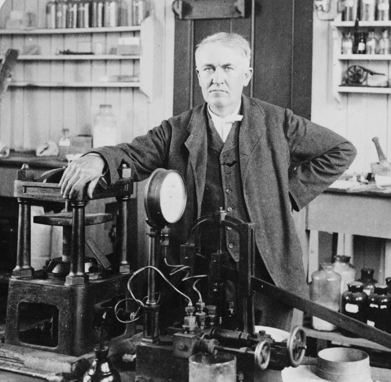| J.P. Morgan -
Banking and Investment Frameworks for America's Past |
|
John Pierpont Morgan |
J.P.
Morgan - Money Man
John Pierpont Morgan's life ran from before the Civil War until the early 1900s. In that time, his business skill helped put together what are still some of America's best known companies, including General Electric and U.S. Steel. Once he personally stepped in to save the U.S. government's finances from collapse, and another time he organized efforts to prevent the collapse of the nation's banking system. He helped create one of New York City's great art museums, the Metropolitan Museum of Art, and was himself an expert collector of art, books, and gems. This from a man who, although enjoying much success, suffered terrible embarrassment because his nose was badly deformed by a skin condition that could not be cured. Photos of him were often re-touched to minimize the condition. |

